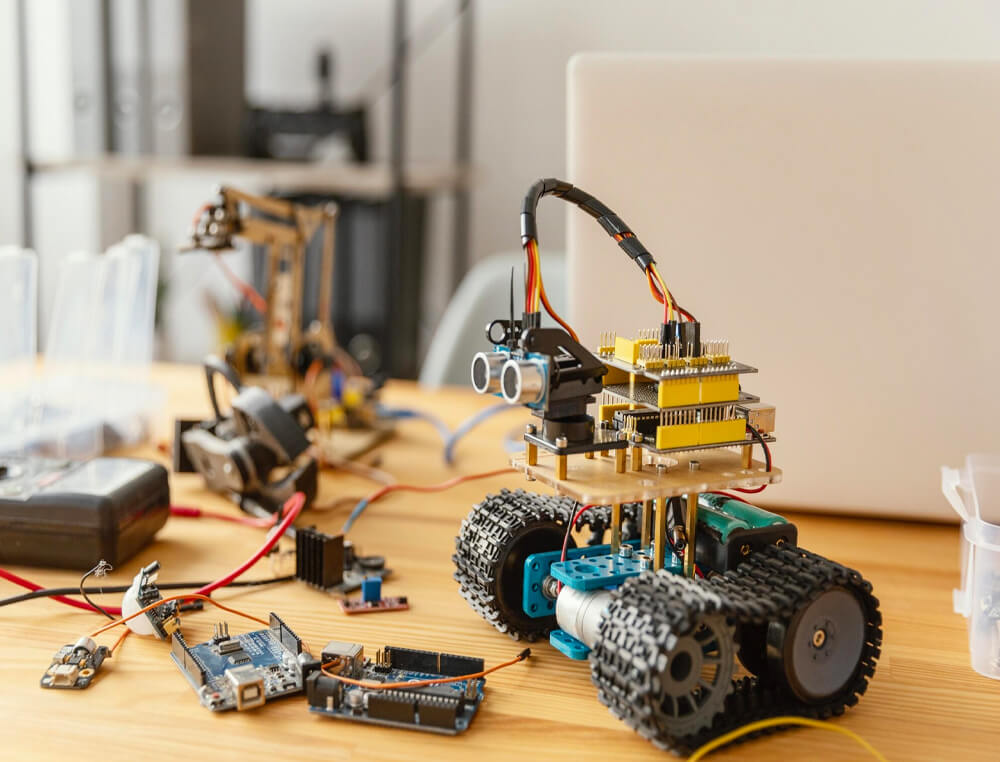The pandemic saw a surge in all kinds of craft and mindfulness activities and this trend has continued into recent months with the global toy industry seeing a 30% increase in sales – with ‘kidults’ driving significant growth. UK-based retail chain John Lewis recently reported a strong rise in sales of complex LEGO sets aimed at adults, with searches up 51% on last year and sales up 33%.
It’s no wonder because playing with LEGO bricks has far-reaching benefits for adults and children alike. There’s a fair bit of science (engineering, design and behavioural theory) that goes into creating LEGO sets, offering you just the right challenge to garner your complete involvement in the product and make you persevere with difficult builds. Every LEGO brick is made to fit bricks from other LEGO sets. Once you start playing with LEGO, the opportunities for creation are endless.
There are other unforeseen benefits to playing with LEGO. Completing complex LEGO builds have been shown to reduce anxiety levels and boost self-esteem. There’s nothing that compares to the sense of achievement you feel when you finish a difficult build. When it comes to keeping your mind nimble and your creative juices flowing, LEGO sets are such powerful tools that they have been shown to keep neurodegenerative diseases like dementia at bay!

Playing is Serious Business
LEGO takes the concept of ‘play’ rather seriously and has a method called ‘LEGO Serious Play’ which helps both individuals and businesses tap into their adult imagination using LEGO.
The method is inspired by ‘constructionism’, a theory by Seymour Papert, a mathematician and computer scientist from MIT. He built on the ideas of Jean Piaget, a Swiss psychologist known for his work on child development. Piaget believed that children learn by using concrete objects they interact with daily, rather than just being passive learners. Papert extended this idea to adults, suggesting that they, too, benefit from learning through hands-on play and experimentation.
This is why LEGO’s Mindstorm series, designed for building and programming robots, is not only for children but also appeals to serious LEGO builders who simply enjoy creating. If Mindstorm is too daunting for you, there are other products out there too: If you love cars, then LEGO Technic allows you to build the Audi RS Q e-tron, the Bugatti Bolide Agile Blue or the Lamborghini Huracán Technica. If you don’t mind sorting through a mountain of gears, wheels and axles that is. You’re going to have to literally put together a miniature engine! That’s how detailed LEGO building blocks can get.
If you prefer architecture there’s the LEGO Architecture series. You can build the Great Pyramid of Giza, the Manila Cathedral or the cityscape of New York and Paris. Then there’s the Creator Expert series, which includes the Colosseum LEGO set or the Boutique Hotel set, which are difficult builds in their own right.

LEGO communities fuel the company’s growth
LEGO loves the nerds who have elevated it from being a toy to a medium for creative large-scale design and engineering projects. LEGO communities have grown so much over the years that they have now acquired the power to influence decisions on new products that hit the shelves. In 1998, LEGO debuted their LEGO Mindstorms Robotics kit, which introduced the world to their microprocessor brick, which controlled sensors and motors and had an infrared serial communications interface (a fancy way of saying that they can act as remotes, offering the brick wireless capabilities).
A serious LEGO enthusiast named Kekoa Proudfoot then proceeded to reverse engineer the brick. He unlocked a whole host of capabilities with the software used to programme the brick allowing it to do so much more. LEGO contemplated suing him because he posted all his findings online.

At a time when the internet was still in the process of gaining acceptance around the world, LEGO decided to work with its fans and not against them. Under the guidance of Mads Nipper, their Chief Marketing Officer, they decided to make their software open-source. Thus the right to tinker was built-in to every LEGO Mindstorms project bringing LEGO even closer to its users.
Even today, this legacy of working with its enthusiasts continues to fuel LEGO’s design processes, so much so that they have created a platform titled LEGO Ideas, on which users submit their own designs. Once their idea receives at least 10,000 votes, it gets reviewed by a panel of experts who decide if it should go into production.
Many of these ideas stem from popular culture such as this LEGO set of the iconic US television show, The Office by LEGO collector Jaiaji Lewis. This set features all 17 of the primary characters on the show! Each minifig has its own list of tiny accessories. Mike has a ‘world’s best boss’ coffee mug, Jim has a Jello mould, Dwight has a bobblehead and the list goes on. This was Jaijai’s third try at getting his idea approved. He’s been designing this set since 2014 and he received 10,000 votes for his design every time! In his first two attempts, the LEGO expert panel that reviews upvoted ideas, thought that there were too many minifigs or too many parts for the product to be viable for sale. Jaijai did not give up. Third time’s the charm they say; a phrase that particularly rings true for Jaijai.
Another LEGO user, John Carter, has designed visually stunning astroscapes in the form of posters, using LEGO! This set of three distinct “posters” forms a triptych when completed and can even be mounted on your wall. Carter appears to be developing his own LEGO language with these posters.

LEGO as Art
LEGO and art often intersect, with LEGO bricks being used as a creative medium by artists worldwide. These tiny plastic building blocks offer a versatile canvas for sculptors, painters, and mixed-media artists. New York-based artist Nathan Sawayo’s exhibition of sculptures at the Lancaster Museum of Art in 2007, titled The Art of the Brick, was one of the first to showcase LEGO as a medium of art. It featured over a 100 sculptures all made with LEGO. The Ghanaian Canadian artist Ekow Nimako has built a niche for himself as a LEGO sculptor. He works exclusively with black LEGO bricks to build some of the most surreal, thrilling, life-like sculptures that appear to be straight out of the sets of Black Panther or Avatar.
To say that LEGO has educational benefits is just scratching the surface. It also has the potential to be your friend when you are down. It also mentors and guides you and teaches you something new every time you play. Most importantly, LEGO toys always hold the promise of creativity and innovation. The more you play, the more there’s a chance that your new big LEGO idea is just around the corner.




